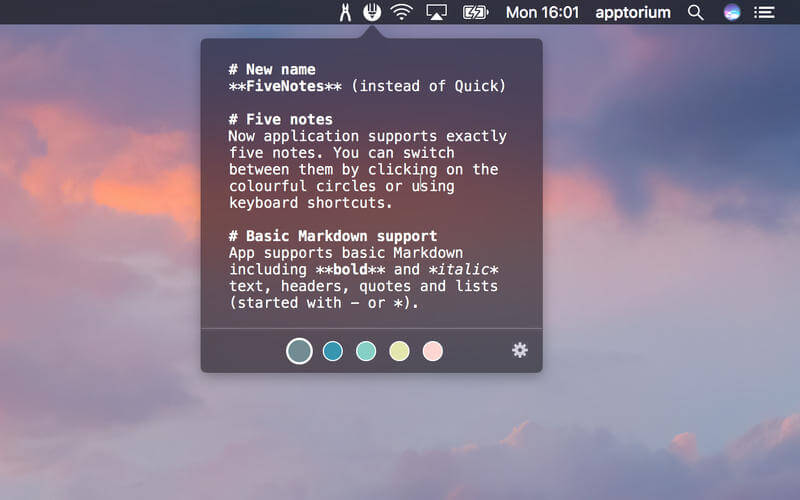Fivenotes 2 2 2 0
The 2.0 version of the Apache License, approved by the ASF in 2004, helps us achieve our goal of providing reliable and long-lived software products through collaborative open source software development. All packages produced by the ASF are implicitly licensed under the Apache License, Version 2.0, unless otherwise explicitly stated. Search the world's information, including webpages, images, videos and more. Google has many special features to help you find exactly what you're looking for.
This topic explains how to install the Windows PowerShell 2.0 Engine.

Windows PowerShell 3.0 is designed to be backwards compatible with Windows PowerShell 2.0. Cmdlets,providers, snap-ins, modules, and scripts written for Windows PowerShell 2.0 run unchanged inWindows PowerShell 3.0 and Windows PowerShell 4.0. However, due to a change in the runtimeactivation policy in Microsoft .NET Framework 4, Windows PowerShell host programs that were writtenfor Windows PowerShell 2.0 and compiled with Common Language Runtime (CLR) 2.0 cannot run withoutmodification in later releases of Windows PowerShell, which is compiled with CLR 4.0.
To maintain backward compatibility with commands and host programs that are affected by thesechanges, the Windows PowerShell 2.0, Windows PowerShell 3.0, and Windows PowerShell 4.0 engines aredesigned to run side-by-side. Also, the Windows PowerShell 2.0 Engine is included in Windows Server2012 R2, Windows 8.1, Windows 8, Windows Server 2012, and Windows Management Framework 3.0. TheWindows PowerShell 2.0 Engine is intended to be used only when an existing script or host programcannot run because it is incompatible with Windows PowerShell 3.0, Windows PowerShell 4.0, orMicrosoft .NET Framework 4. Such cases are expected to be rare.
The Windows PowerShell 2.0 Engine is an optional feature of Windows Server 2012 R2, Windows 8.1,Windows® 8 and Windows Server® 2012. On earlier versions of Windows, when you install WindowsManagement Framework 3.0, the Windows PowerShell 3.0 installation completely replaces the WindowsPowerShell 2.0 installation in the Windows PowerShell installation directory. However, the WindowsPowerShell 2.0 Engine is retained.
For information about starting the Windows PowerShell 2.0 Engine, seeStarting the Windows PowerShell 2.0 Engine.
Fivenotes 2 2 2 0 Ecotec Camshaft
On Windows 8.1 and Windows 8
On Windows 8.1 and Windows 8, the Windows PowerShell 2.0 Engine feature is turned on by default.However, to use it, you need to turn on the option for Microsoft .NET Framework 3.5, which itrequires. This section also explains how to turn the Windows PowerShell 2.0 Engine feature on andoff.
To turn on .NET Framework 3.5
On the Start screen, type Windows Features.
On the Apps bar, click Settings, and then click Turn Windows features on or off.
In the Windows Features box, click .NET Framework 3.5 (includes .NET 2.0 and 3.0 toselect it.
When you select .NET Framework 3.5 (includes .NET 2.0 and 3.0, the box fills to indicate thatonly part of the feature is selected. However, this is sufficient for the Windows PowerShell 2.0Engine.
To turn the Windows PowerShell 2.0 Engine on and off
On the Start screen, type Windows Features.
On the Apps bar, click Settings, and then click Turn Windows features on or off.
In the Windows Features box, expand the Windows PowerShell 2.0 node, and click theWindows PowerShell 2.0 Engine box to select or clear it.
On Windows Server 2012 R2 and Windows Server 2012
Use the following procedures to add the Windows PowerShell 2.0 Engine and Microsoft .NET Framework3.5 features. The Windows PowerShell 2.0 Engine requires Microsoft .NET Framework 2.0.50727 at aminimum. This requirement is fulfilled by Microsoft .NET Framework 3.5.
To add the .NET Framework 3.5 feature
In Server Manager, from the Manage menu, select Add Roles and Features.
Or in Server Manager, click All Servers, right-click a server name, and then selectAdd Roles and Features.
On the Installation Type page, select Role-based or feature-based installation.
On the Features page, expand the .NET 3.5 Framework Features node and select .NETFramework 3.5 (includes .NET 2.0 and 3.0).
The other options under that node are not required for the Windows PowerShell 2.0 Engine.
To add the Windows PowerShell 2.0 Engine feature
Fivenotes 2 2 2 0
In Server Manager, from the Manage menu, select Add Roles and Features.
Or Server Manager, click All Servers, right-click a server name, and then select AddRoles and Features.
On the Installation Type page, select Role-based or feature-based installation.
On the Features page, expand the Windows PowerShell (Installed) node and select WindowsPowerShell 2.0 Engine.
For information about starting the Windows PowerShell 2.0 Engine, seeStarting the Windows PowerShell 2.0 Engine.
On Earlier Systems
The Windows Management Framework 4.0 package thatinstalls Windows PowerShell 4.0 on Windows 7, Windows Server 2008 R2, and Windows Server 2012,includes the Windows PowerShell 2.0 Engine. The Windows PowerShell 2.0 Engine is enabled and readyto use, if necessary, without additional installation, setup, or configuration.
The Windows Management Framework 3.0 package that installs Windows PowerShell 3.0 on Windows 7,Windows Server 2008 R2, and Windows Server 2008, includes the Windows PowerShell 2.0 Engine. TheWindows PowerShell 2.0 Engine is enabled and ready to use, if necessary, without additionalinstallation, setup, or configuration.